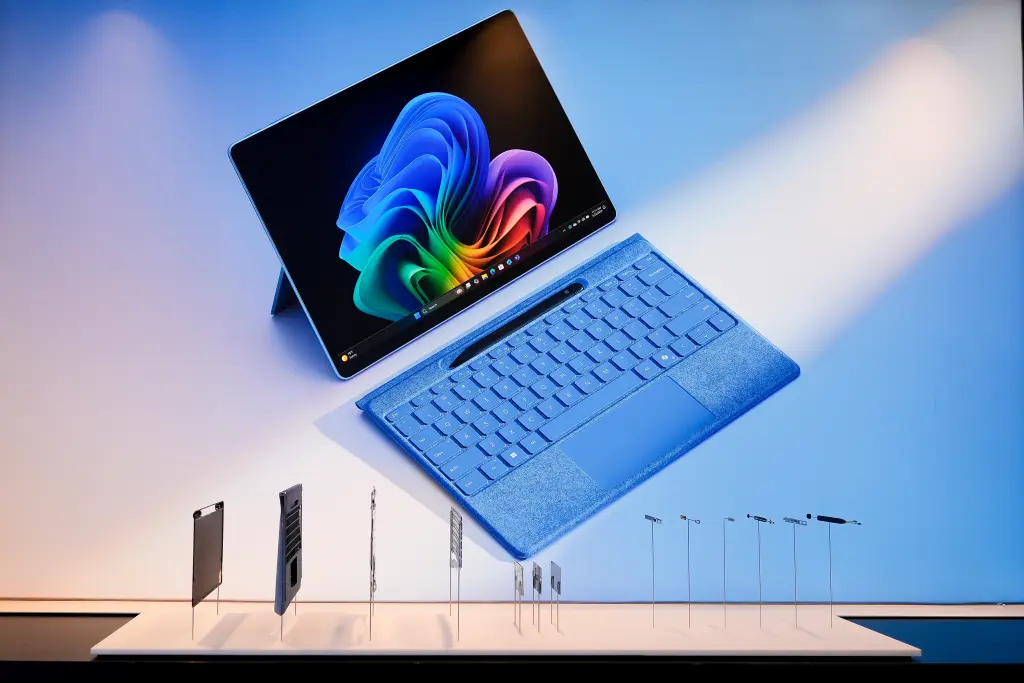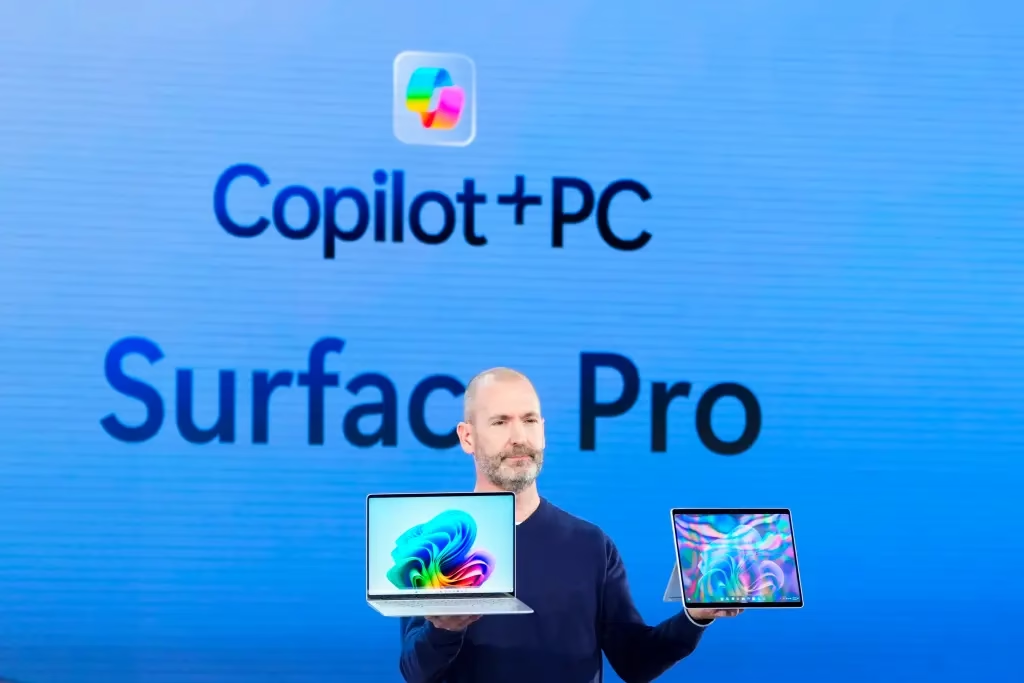Introduction to Microsoft’s AI Monitoring
In the ever-evolving landscape of digital technology, Microsoft has introduced an innovative AI-driven solution designed to enhance user experience and productivity. This new technology, integrated within Microsoft’s extensive suite of products, captures real-time screenshots of user activity on their computers. By doing so, it aims to provide a seamless and intuitive experience, offering insights that can help optimize workflows, troubleshoot issues, and personalize user interactions.
The primary purpose of this AI monitoring system is to facilitate a higher level of efficiency and support. For instance, by analyzing the screenshots, the AI can identify common user patterns, detect anomalies, and offer tailored recommendations. This could significantly reduce the time users spend on repetitive tasks, thereby boosting overall productivity. Additionally, in a corporate setting, this technology could aid IT departments in preemptively identifying and resolving technical issues, ultimately improving operational efficiency.

Moreover, Microsoft’s AI monitoring is designed to integrate effortlessly with its existing products and services, such as Office 365, Microsoft Teams, and Azure. This integration ensures a cohesive user experience, allowing the AI to draw from a vast reservoir of data to provide more accurate and relevant feedback. For example, in Microsoft Teams, the AI could suggest better project management strategies based on the user’s activity, while in Office 365, it could recommend more efficient ways to organize documents and emails.
However, while the benefits of this technology are promising, it also raises significant privacy concerns. The prospect of continuous monitoring and the collection of sensitive data, even with the intent of improving user experience, necessitates a thorough examination of privacy implications. The subsequent sections of this blog will delve into these concerns, exploring the potential risks and the measures Microsoft is taking to address them.
How the AI Screenshot Technology Works
Microsoft’s AI screenshot technology operates through a sophisticated yet user-friendly process that integrates seamlessly with your computer’s operating system. At its core, the technology involves a combination of automated screenshot capturing, data storage, and AI-driven analysis to monitor user activities. This process begins with the AI periodically taking screenshots of the user’s screen. The frequency of these screenshots can be adjusted based on user settings or specific monitoring purposes, ensuring that the technology captures a comprehensive overview of the user’s activities without overwhelming the system.
The captured screenshots are then temporarily stored in a secure, encrypted format to protect user privacy. Microsoft’s AI employs advanced algorithms to analyze these screenshots, identifying patterns and behaviors related to user activity. This analysis can include recognizing opened applications, visited websites, and even specific user interactions within software programs. The AI is designed to filter out irrelevant data, focusing on significant activities that could be pertinent for monitoring or productivity assessments.

To maintain transparency, Microsoft has integrated user notifications and settings management within the AI screenshot feature. Users are informed about the screenshot capturing process, and they have the option to customize the frequency and scope of the screenshots. These settings are accessible through the system’s privacy controls, allowing users to opt in or out of specific monitoring features according to their comfort levels.
The AI’s analysis capabilities are continually refined through machine learning, adapting to new patterns and user behaviors over time. This ensures that the technology remains effective and relevant, providing valuable insights without compromising user privacy. By balancing advanced AI algorithms with user control and transparency, Microsoft’s AI screenshot technology aims to offer a powerful tool for productivity and monitoring while addressing privacy concerns.
Privacy Concerns Raised by Experts
Privacy experts have expressed significant concerns regarding Microsoft’s AI screenshot technology, particularly focusing on the potential risks it poses to user confidentiality and data security. The ability of this technology to capture and store screenshots of everything a user does on their computer raises several red flags. One primary concern is the potential for misuse of the captured data. In scenarios where sensitive information, such as personal identification details, financial data, or confidential business information, is inadvertently captured, the risks of data breaches and unauthorized access are heightened.
Moreover, privacy experts argue that the deployment of such technology could lead to violations of privacy laws. Regulations such as the General Data Protection Regulation (GDPR) in Europe and the California Consumer Privacy Act (CCPA) in the United States impose strict guidelines on data collection and user consent. The indiscriminate capturing of screenshots without explicit user permission could potentially contravene these laws, leading to legal repercussions for Microsoft.
The ethical considerations surrounding Microsoft’s AI screenshot technology are also a point of contention. The concept of continuous monitoring and data capture can be perceived as intrusive, infringing upon the fundamental right to privacy. Critics argue that users should have full control over what information is recorded and stored, and that any deviation from this principle undermines trust in technology providers.
Public backlash and criticism have already emerged as users and advocacy groups voice their apprehensions. The comparison with similar technologies that have faced scrutiny, such as surveillance software and data logging systems, further amplifies the concerns. For instance, in the past, companies utilizing keylogger software have faced severe criticism and legal challenges due to privacy violations. These precedents highlight the potential negative impact and underscore the need for stringent safeguards and transparent policies.
In light of these concerns, it is imperative for Microsoft to address the privacy implications head-on, ensuring robust data protection measures, clear user consent protocols, and adherence to legal standards to maintain user trust and uphold privacy rights.
Microsoft’s Response and User Options
In response to the privacy concerns voiced by experts, Microsoft has issued a series of statements aimed at clarifying the nature and purpose of its screenshot functionality. According to official communications, Microsoft asserts that the screenshot feature is designed to enhance user experience, particularly in debugging and support scenarios. The company emphasizes that collected data is anonymized and used solely for improving service quality and user experience.
Microsoft has also acknowledged the importance of user privacy and has initiated several policy adjustments to address these concerns. Notably, the company has enhanced transparency by providing detailed documentation on data collection practices and the specific use cases for the screenshot feature. Furthermore, Microsoft has pledged to periodically review and update its privacy policies, ensuring they align with evolving privacy standards and user expectations.
User control over the screenshot functionality has been significantly improved. Microsoft now offers more granular settings within its applications, allowing users to manage or disable the screenshot feature according to their preferences. For instance, within the Windows operating system, users can navigate to the privacy settings section to find options related to diagnostic data collection and telemetry. By adjusting these settings, users can limit the scope of data captured by the system.
Additionally, Microsoft has provided guidelines for maintaining privacy while using its products. Users are encouraged to regularly review application permissions, ensure their software is up-to-date, and make use of built-in privacy tools. For those particularly concerned about data privacy, using local accounts instead of cloud-based services can offer an extra layer of protection.
In conclusion, while technological advancements like Microsoft’s screenshot feature can offer substantial benefits, they also necessitate robust privacy protections. By responding to concerns and enhancing user control, Microsoft aims to strike a balance between innovation and privacy, ensuring users can enjoy technological advancements without compromising their personal data security.
